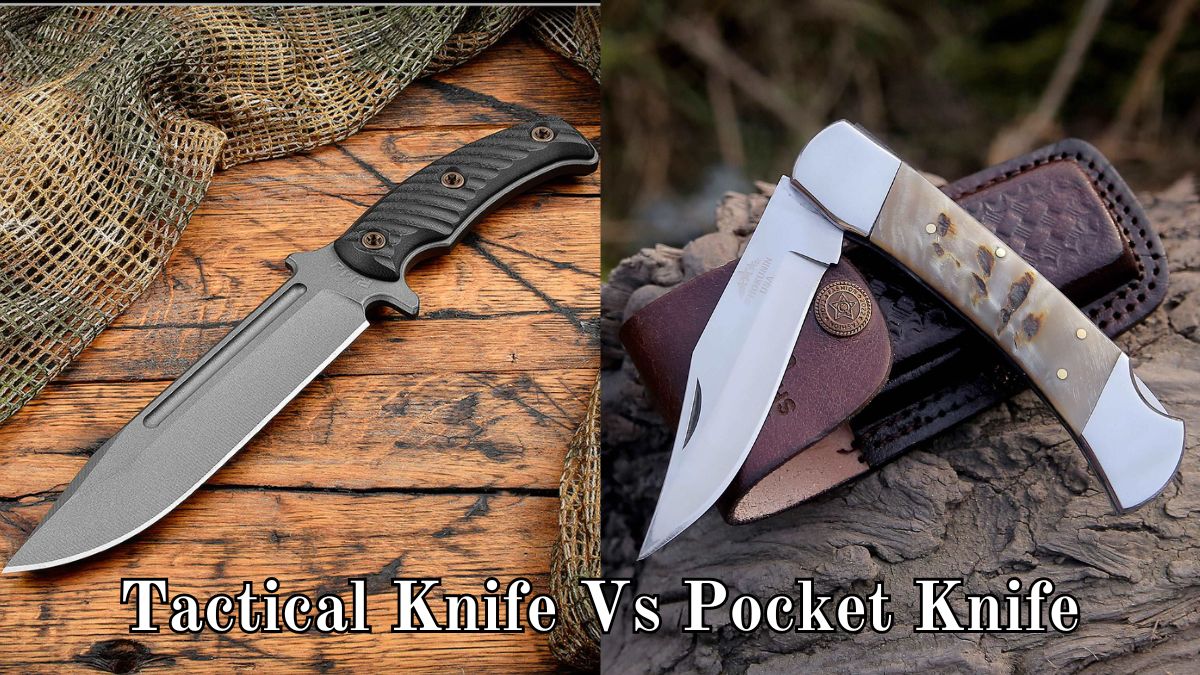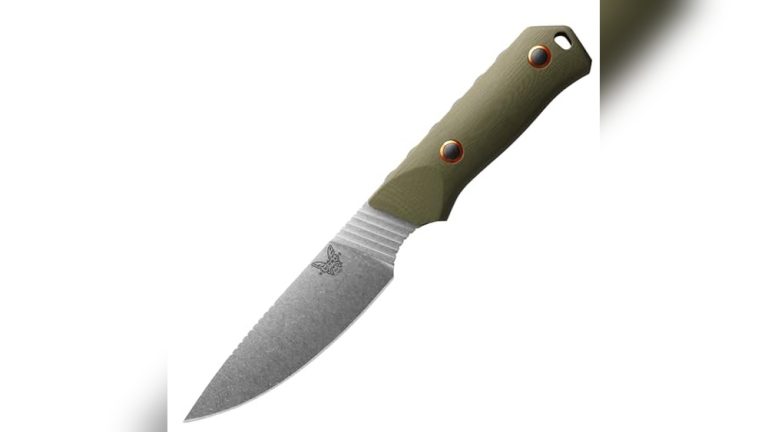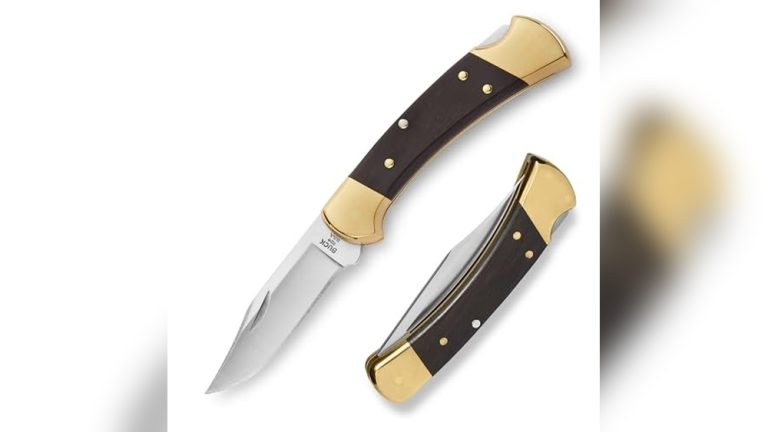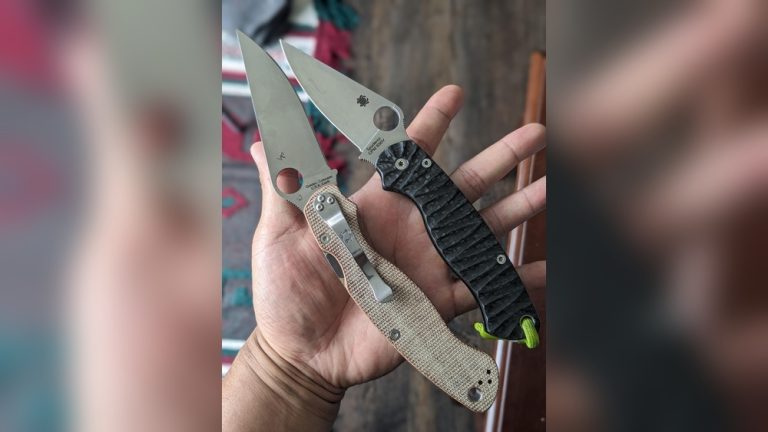Tactical Knife Vs Pocket Knife: Which One Should You Choose?
Knives come in various forms, each designed for specific purposes. Tactical knives and pocket knives are two popular types.
Understanding the differences between tactical knives and pocket knives can help you choose the right tool. Tactical knives are often used by military or law enforcement. They are built for durability and versatility. Pocket knives, on the other hand, are everyday carry tools.
They are compact and convenient for daily tasks. Comparing these knives will highlight their unique features and uses. This knowledge helps you make an informed decision based on your needs and preferences. Dive into this comparison to find out which knife suits you best.
Tactical Knife Basics
Tactical knives are different from other knives. They are designed for specific purposes. They have unique features that set them apart. Understanding these features helps in choosing the right knife.
Design Features
Tactical knives often have a strong, durable blade. The blade is made from high-quality steel. It resists wear and tear. The handle provides a secure grip. It is often made from materials like G-10 or Micarta.
These knives also have a tactical look. They may include a black finish to reduce glare. Some designs have serrated edges. This helps in cutting through tough materials. A tactical knife usually includes a sheath for easy carrying.
Typical Uses
Tactical knives serve many purposes. They are useful in survival situations. They can cut rope, wood, and even food. They are also used by military personnel. These knives are handy in emergencies. They can break glass and cut seat belts.
Hikers and campers also prefer tactical knives. They are good for outdoor tasks. Hunters use them for skinning and cleaning game. In short, a tactical knife is a versatile tool. It is built to handle tough tasks.
Pocket Knife Basics
Pocket knives are versatile tools that are easy to carry. They have a rich history and are a favorite among outdoor enthusiasts. These knives are known for their compact design, making them convenient for everyday use. Let’s explore the key aspects of pocket knives.
Design Features
Pocket knives are designed for convenience and versatility. They typically feature:
- Foldable blades: The blade folds into the handle for safety.
- Multiple tools: Some models include screwdrivers, bottle openers, and scissors.
- Compact size: They fit easily into pockets or small bags.
The materials used in the construction of pocket knives include stainless steel for the blade and durable plastic or metal for the handle. This combination ensures durability and ease of maintenance.
Typical Uses
Pocket knives are used in various everyday tasks. Some common uses include:
- Opening packages: The sharp blade makes cutting through tape and cardboard easy.
- Cutting rope: Handy for camping or outdoor activities.
- Food preparation: Useful for slicing fruits or vegetables when you are on the go.
- First aid: Can be used to cut bandages or clothing in emergencies.
The versatility of pocket knives makes them a must-have tool for many. Their compact design and multiple functions provide convenience in a small package.
Material And Build
The choice between a tactical knife and a pocket knife often boils down to their material and build. These factors greatly affect the knife’s performance, durability, and overall utility.
Blade Materials
The blade material is crucial in determining the knife’s strength and edge retention. Tactical knives often use high-carbon steel. This steel offers excellent hardness and edge retention. It is also more resistant to wear and tear.
Pocket knives, on the other hand, frequently use stainless steel. Stainless steel is more corrosion-resistant. It requires less maintenance and is ideal for everyday use.
| Blade Material | Attributes |
|---|---|
| High-Carbon Steel | Durable, excellent edge retention, wear-resistant |
| Stainless Steel | Corrosion-resistant, low maintenance, good for everyday use |
Handle Materials
The handle material impacts the knife’s grip and comfort. Tactical knife handles are often made from G-10 or Micarta. These materials are tough and provide a secure grip, even in wet conditions.
Pocket knives usually feature handles made from wood, plastic, or aluminum. These materials are lightweight and offer a good balance between comfort and functionality.
- G-10: Extremely durable, provides excellent grip.
- Micarta: Comfortable and offers a strong grip.
- Wood: Aesthetic and comfortable, but less durable.
- Plastic: Lightweight and easy to handle.
- Aluminum: Lightweight and sturdy, but can get slippery.
Choosing the right knife depends on your needs. Understanding the materials and build helps in making an informed decision.
Portability And Convenience
When choosing between a tactical knife and a pocket knife, portability and convenience are key factors. Both types of knives offer unique benefits. They differ in their size, weight, and how easy they are to carry daily. Understanding these differences can help you make an informed choice.
Size And Weight
Tactical knives are generally larger and heavier. They are designed for durability and rugged use. This makes them suitable for demanding tasks. Pocket knives, on the other hand, are smaller and lighter. They fit easily in your pocket without weighing you down.
Ease Of Carrying
Carrying a tactical knife can be more cumbersome. They often require a sheath or a special holster. This can be inconvenient for everyday carry. Pocket knives are designed for ease of carrying. They usually have a clip or a folding mechanism. You can easily slip them into your pocket or attach them to your belt.
Durability And Maintenance
Durability and maintenance are crucial factors in deciding between a tactical knife and a pocket knife. Both types of knives have their own strengths and weaknesses in these areas. Let’s explore the differences in longevity and maintenance requirements for each type.
Longevity
Tactical knives often have a robust build. They use high-quality materials like stainless steel or carbon steel. This enhances their lifespan. These knives are designed for intense use. They can handle tough tasks without wearing out quickly.
Pocket knives, on the other hand, are built for everyday tasks. They use materials that are durable but may not match the heavy-duty nature of tactical knives. They can still last a long time with proper care. The key difference lies in the intended use and material strength.
Maintenance Requirements
Tactical knives usually need less frequent maintenance. Their sturdy build and high-quality materials resist wear and tear. Regular cleaning and occasional sharpening are often enough. This makes them reliable for field use.
Pocket knives require more regular maintenance. They need frequent cleaning and sharpening. This keeps them in good working condition. Lubricating the pivot points is also important. Proper care ensures they remain functional for daily tasks.
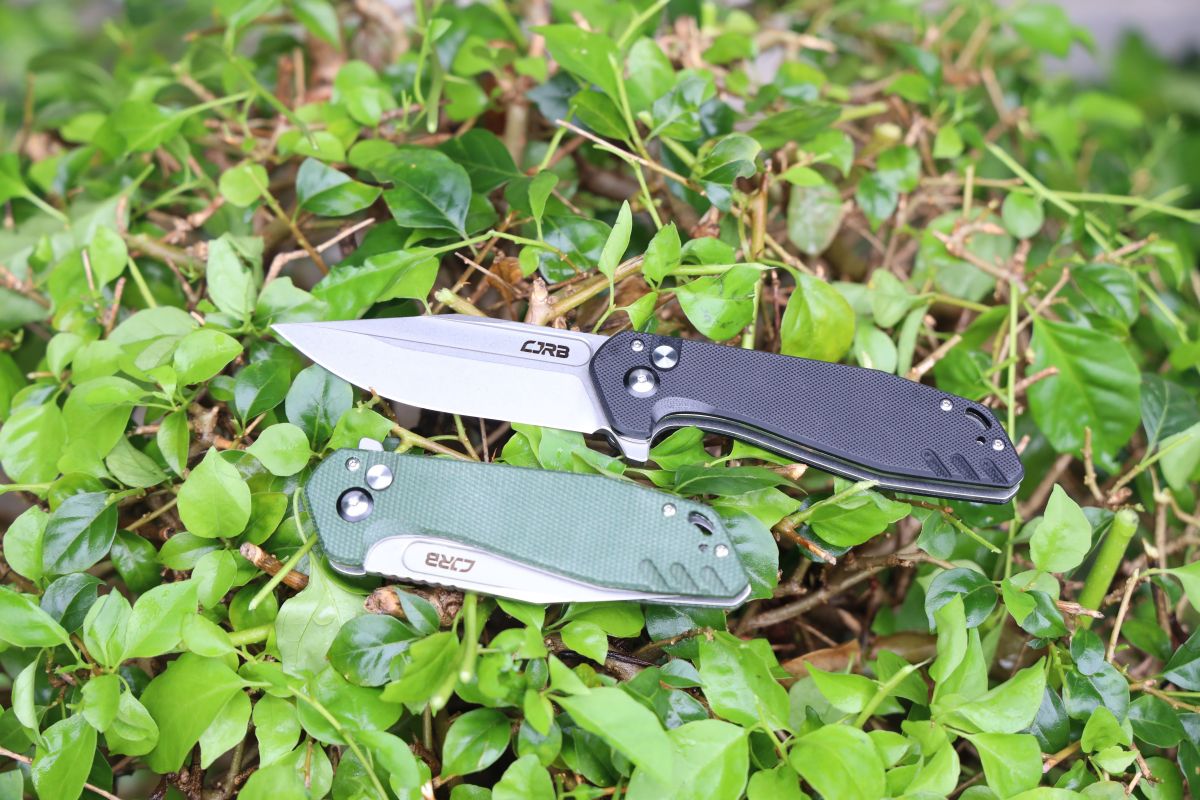
Credit: artisancutlery.net
Legal Considerations
Legal Considerations are crucial when deciding between a tactical knife and a pocket knife. Understanding the laws can help you make an informed choice and avoid any legal issues. This section explores the regulations and permitted uses of these knives.
Regulations And Restrictions
Different countries and states have their own regulations on knife ownership and carrying. It’s essential to know these laws to stay compliant.
- In some regions, blade length is strictly regulated. For instance, blades over 3 inches might be illegal.
- Some areas prohibit carrying knives with locking mechanisms, common in tactical knives.
- Pocket knives are often more leniently regulated due to their smaller size and folding nature.
Always check local laws before purchasing or carrying a knife. Ignorance of the law is not a valid defense.
Permitted Uses
The intended use of a knife also impacts its legality. Authorities often distinguish between utility purposes and potential weapons.
- Outdoor Activities: Both tactical and pocket knives are often permitted for camping, fishing, and hiking.
- Self-Defense: Tactical knives are more commonly associated with self-defense. This can lead to stricter regulations.
- Everyday Carry (EDC): Pocket knives are usually more acceptable for daily tasks like opening packages or cutting cords.
Using a knife responsibly and within the permitted uses can help you stay on the right side of the law.
| Type | Regulations | Permitted Uses |
|---|---|---|
| Tactical Knife | Stricter due to locking mechanisms and larger blade sizes. | Often for self-defense, outdoor activities. |
| Pocket Knife | More lenient, especially with smaller blades. | Everyday tasks, outdoor activities. |
Understanding the legal considerations can help you choose the right knife for your needs. Stay informed, stay compliant.
Making The Right Choice
Choosing between a tactical knife and a pocket knife depends on your needs. Tactical knives offer robust features for outdoor activities. Pocket knives are compact and convenient for everyday use.
Choosing between a tactical knife and a pocket knife can be challenging. Both have unique features and serve different purposes. Understanding these differences helps make an informed decision.
Personal Needs
Consider your daily tasks. Do you often cut ropes or open packages? A pocket knife might be enough. It is compact and easy to carry.
For more demanding tasks, think about a tactical knife. It offers durability and strength. Great for outdoor adventures.
Your lifestyle influences your choice. Think about your specific needs.
Situational Suitability
Evaluate the situations you face. Camping trips or survival situations? A tactical knife is your best friend. It can handle tough jobs and provide safety.
In urban settings, a pocket knife is more practical. It fits in your pocket and is handy for everyday tasks.
Different situations call for different tools. Match the knife to your environment.
“`
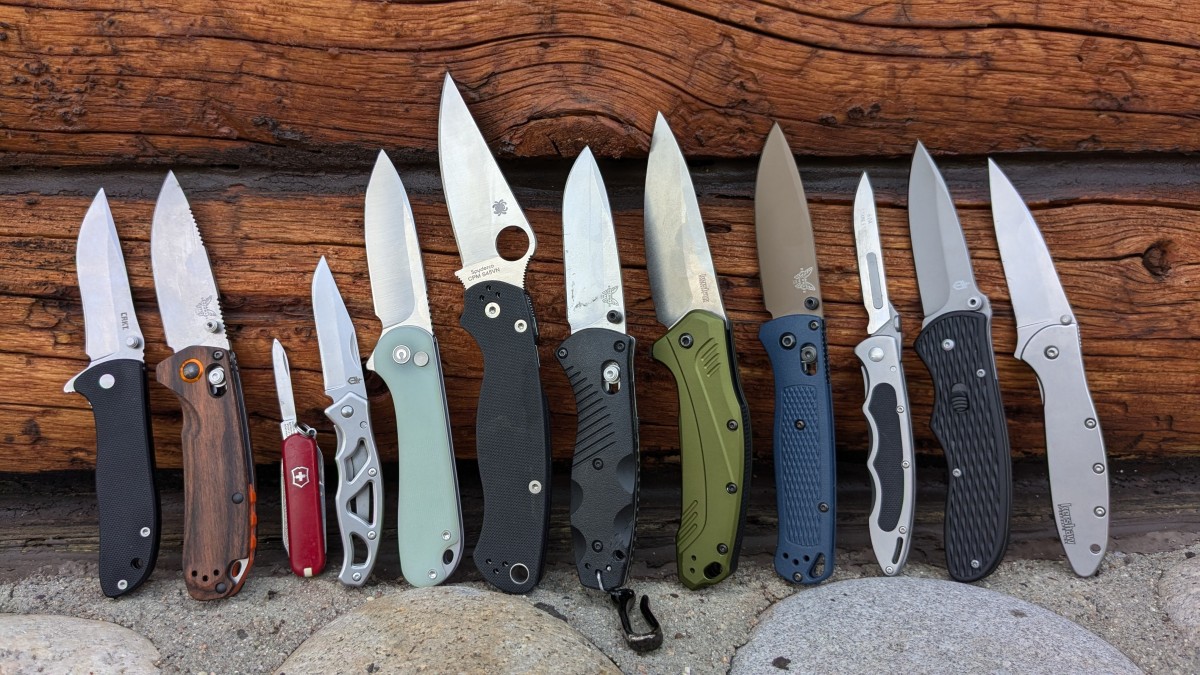
Credit: www.outdoorgearlab.com
Frequently Asked Questions: Tactical Vs Pocket Knife
What Is A Tactical Knife?
A tactical knife is designed for military and combat use. It features a sturdy build, sharp blade, and additional functionalities.
What Is A Pocket Knife Used For?
A pocket knife is a versatile tool for everyday tasks. It’s compact, foldable, and easy to carry in your pocket.
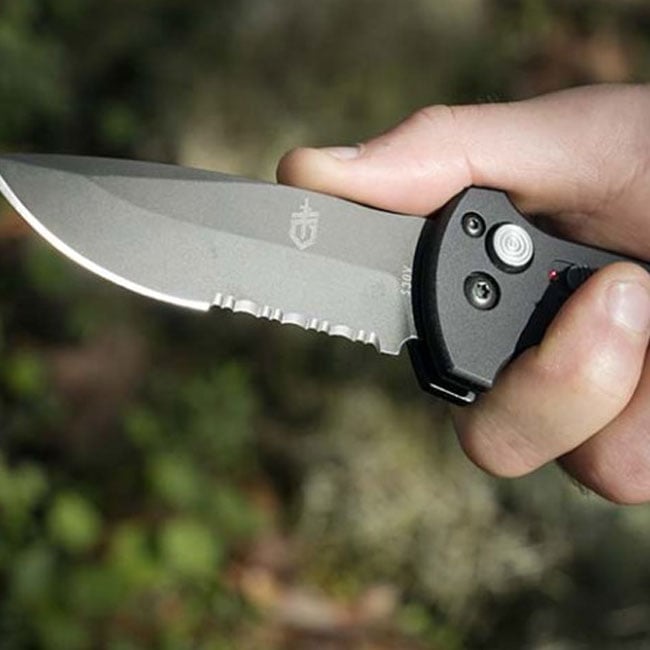
How Do Tactical And Pocket Knives Differ?
Tactical knives are built for combat and survival. Pocket knives are for everyday use, with multiple small tasks in mind.
Are Tactical Knives Legal To Carry?
The legality of carrying tactical knives varies by location. Always check local laws before carrying one.
Conclusion
Choosing between a tactical knife and a pocket knife depends on your needs. Tactical knives offer strength and versatility. Pocket knives are compact and convenient for everyday use. Both have their unique advantages. Consider your daily tasks and preferences. Make a choice that fits your lifestyle best.
Both options provide reliability and usefulness. Happy knife hunting!

